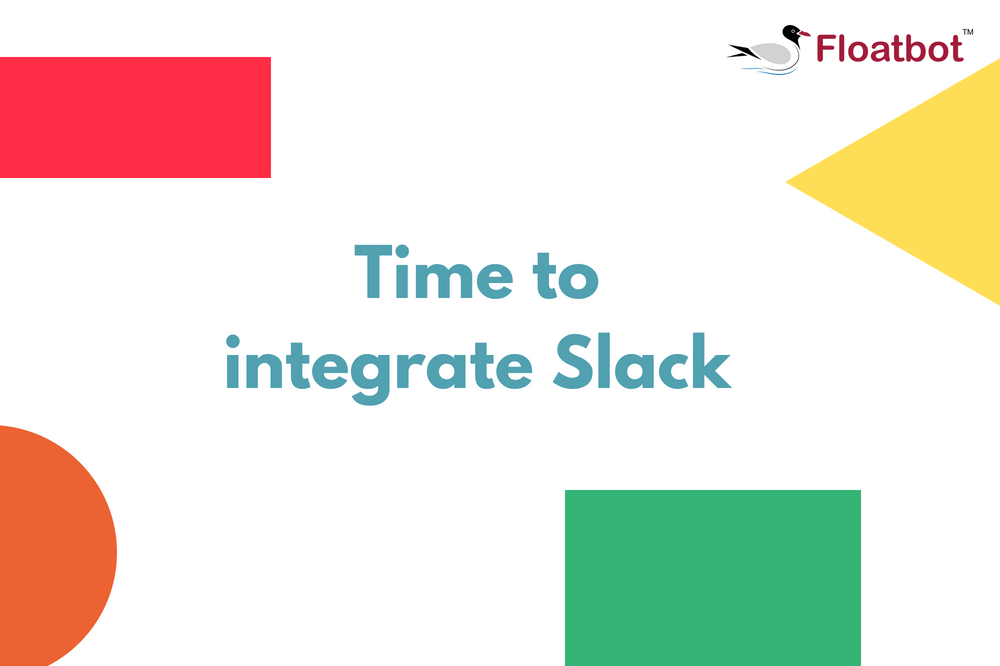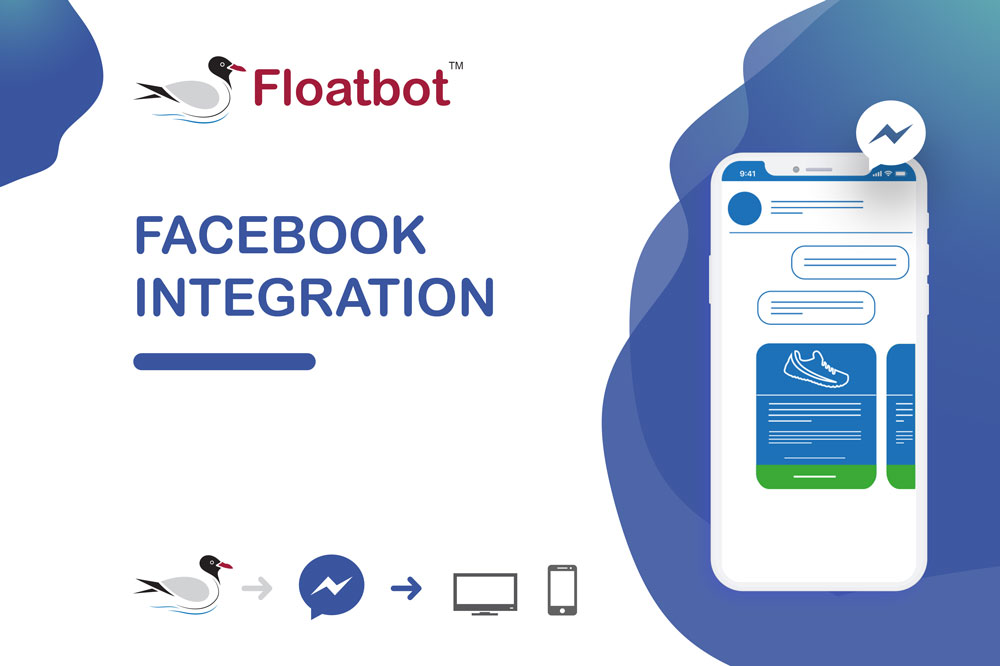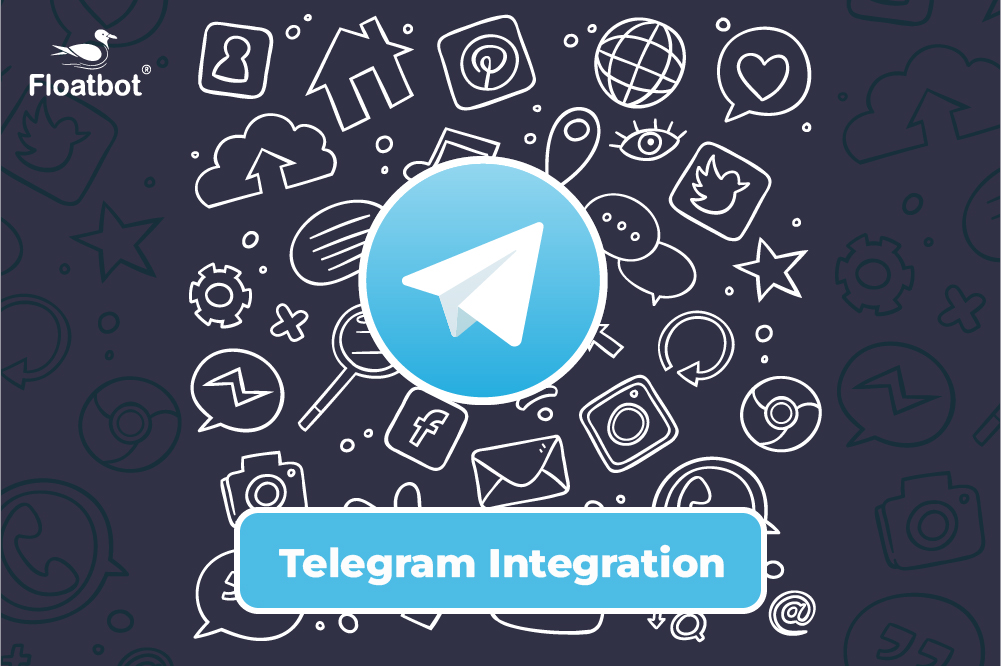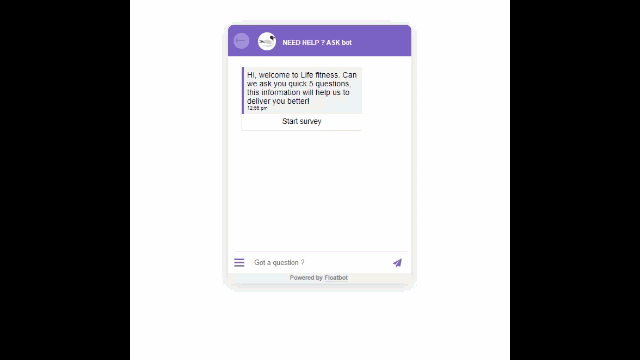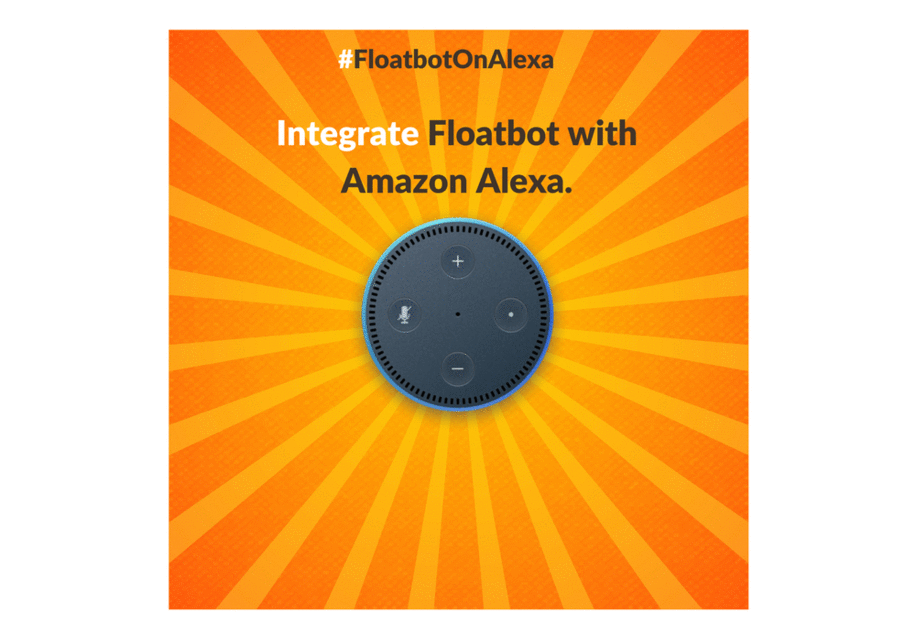Understanding Retrieval Augmented Generation (RAG)
RAG is an AI framework or rather an approach that enables information retrieval for Generative AI models. This grounds LLMs and helps improve accuracy.
- Oct 04 2024

We have seen remarkable advancement in the Generative AI and Large Language Models field. Researchers continuously explore new approaches for LLMs to enhance the quality of AI responses.
One such approach is Retrieval Augmented Generation (RAG), which is gaining popularity nowadays. Now with the introduction of RAG 2.0, this approach has evolved even further. RAG 2.0 builds on foundation of its predecessor, incorporating enhanced retrieval capabilities, improved response accuracy, greater scalability, making it an essential tool for businesses looking to leverage latest AI advancements.
What is retrieval augmented generation?
Introduced by Facebook Researchers in 2020, RAG is an AI framework or rather an approach that enables information retrieval for Generative AI models. This grounds Large Language Models (LLMs) and helps improve accuracy.
RAG allows LLMs access to information beyond training data. As the name suggests, RAG refers to retrieval and content generation. Retrieval works on accurate information sources provided to the model, & the algorithm searches for relevant info for a user query. While in the Generative phase, LLM generates from its training data to augment an engaging answer depending on the user prompt.
With RAG 2.0 these processes are now more streamlined, offering improved efficiency in handling complex queries & accessing more dynamic, real time data sources to further enhance response precision.
How is RAG 2.0 different
RAG 2.0 is a big improvement over the old Retrieval-Augmented Generation (RAG) system. Instead of putting models and retrievers together separately, RAG 2.0 combines them into one system that is optimized throughout all stages: pre-training, fine-tuning, & alignment. Well this new approach boosts the system's performance and makes the model more stable when tackling complex tasks.
The key updates you need to know about:
- End to end optimization:RAG 2.0 optimizes the language model & retriever simultaneously, enabling deep collaboration and precise adjustment within system.
- Backward propagation Algorithm: the fundamental deep learning technique refines model parameters based on discrepancies between predicted and actual outcomes, improving the model’s adaptability to specific tasks & enhancing its generalization for new tasks.
- Performance improvements: RAG 2.0 demonstrated superior performance in various benchmark particularly in finance specific open-book question answering, as well as in specialized fields like law & hardware engineering. It also shows impressive results with real-world datasets.
- Handling long contexts: In tests involving long texts, RAG 2.0 achieves higher accuracy and better performance while utilizing fewer computational resources than previous models. So it is more efficient for real-world applications.
Unlocking New Potential with RAG 2.0
RAG 2.0 has potential to make big improvements in how language models (LLM) work. It helps by making the information LLMs provide more accurate since they can access reliable outside sources. Which is especially useful for task like summarizing research or creating reports.
By pulling in relevant details, LLMs can also understand topics better, leading to more thoughtful responses even for complicated queries. RAG 2.0 can also help LLMs improve reasoning and decision making, making them more useful in several sectors (Insurance, Banking, Collections, to name a few). Plus, its privacy features let companies use these tools safely, opening up access to more organizations without worrying about data security.
RAG 2.0 simplifies data retrieval for businesses by quickly accessing large datasets, allowing teams to make faster, informed decisions, boosting productivity and efficiency. It integrates smoothly with both cloud and edge computing, enabling large scale enterprises to process and manage vast amounts of data efficiently, scale operations & adapt to evolving business need with ease.
Benefits of Retrieval Augmented Generation 2.0
Improved Accuracy
With RAG, the LLM is grounded with factual and accurate information from knowledge sources. This helps LLMs with improved accuracy and up-to-date information.
Contextual Response
Retrieved information remains contextual and relevant to the user conversation, improving user experiences via conversational bots.
Scalable: Since RAG models access external data sources, the model is easily scalable and can handle vast amounts of information, which are especially helpful for applications that require extensive data.
Adaptive: RAG models can be fine-tuned for application-specific use cases, making the model more adaptive to a wide range of data & use cases.
Customizable knowledge sources
RAG models can be customized and fine-tuned on specific knowledge bases, allowing them to specialize in certain domains or topics.
Fine-tuning RAG
RAG can be fine-tuned for handling complex and ambiguous user queries since user queries are not always straightforward. Queries can be worded, complex, or out of context that an LLM model does not have an answer for or cannot parse the query. This increases the chance for a model to hallucinate or make up things.
For instance, when an employee asks any query related to the company’s policies, then a model might not give the correct response as the company’s policies are complex and might vary depending on the type of policy & if it applies to all employees or specific genders. When the LLM fails to find a correct answer, it should respond, “I do not have an answer for your query,” or ask a few more questions to get a correct answer.
With enough fine-tuning, an LLM model can be trained to pause and say when it does not respond to any query. However, it may need to learn from hundreds of questions that can and cannot be answered; then, the model can identify an unanswerable question.
Taking RAG is considered one of the best-known approaches to ground LLMs on the latest and verified information and lower the cost of constantly retraining and updating.
Shortcomings of RAG
With multiple advantages, RAG is also imperfect in certain aspects, or it can be called challenges one can overcome while using it.
Increased complexity
Since RAG works on retrieval and generation components, integrating both can be complex. During query execution, multiple components such as user prompt, database, and generative model are involved. Hence, the development and deployment of such components increase complexity. This not only requires additional engineering effort but also computational resources.
Data dependency
The RAG model heavily depends on the knowledge sources it uses. If the knowledge base contains outdated or biased information, it leads to biased and inaccurate responses.
Inference time
Information retrieval from external sources during inference introduces latency, an issue for real-time applications.
Final thoughts
Retrieval-Augmented Generation (RAG) is a promising approach to making the LLMs grounded and more functional for real-life applications. While RAG’s potential is undeniable, it is essential to consider the specific requirements of each conversational AI system.
By addressing its shortcomings and leveraging its strengths, RAG can make AI assistants highly informative, engaging, and empathetic, enhancing overall user experience.
RAG’s potential with Floatbot.AI
We have leveraged the potential of RAG with the Floatbot cognitive search module that helps leverage a business’s multiple data sources and make it conversational and accessible through AI applications.
Utilizing RAG’s adaptability, Floatbot cognitive search enables users to get a conversational response within a few seconds. Floatbot’s no-code/low-code platform lets users add and train the data sources to their bot on their own.

